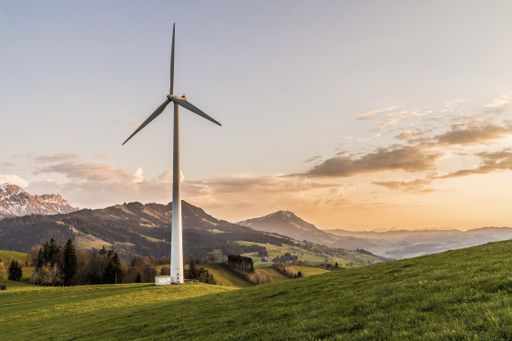Extreme Weather Events Set to Slam U.S.
Multiple storms and a polar vortex event are expected to impact the U.S. in the next two weeks, causing travel disruptions and posing threats to lives and infrastructure.

First Storm Brings Multiple Hazards
The first storm, expected from Monday through Wednesday, will bring a range of hazards across the country. This includes a 'ferocious blizzard' in the Plains, heavy rain, severe weather, and high winds on the Gulf and East Coasts.
Some of these extreme weather events have clear ties to climate change. The warm side of the storm is likely to bring heavy rain, severe thunderstorms with a risk of tornadoes, coastal flooding, and widespread high winds. It may also cause widespread flooding, with a moderate risk of excessive rainfall over the Gulf Coast and the heavily populated I-95 corridor from northern Virginia to Connecticut.
As flood watches are in effect for about 62 million people and high wind warnings cover about 141 million people, power outages are expected across the densely populated urban corridor from Washington to Boston.
Concerns of More Rain and Coastal Flooding
A second storm is likely to form next weekend and intensify rapidly across the Great Lakes, potentially bringing blizzard conditions to Chicago. This is worrying, especially considering the heavy precipitation the East Coast has already experienced in recent weeks.
Climate change-related sea level rise is making storms more damaging, as only a small surge is needed to cause flooding. The NWS predicts that significant coastal flooding along the Gulf Coast and the eastern seaboard is likely, particularly in the Carolinas, Mid-Atlantic, and Northeast regions.
Increasing moisture in atmospheric rivers, driven by rising ocean and air temperatures, is enabling them to dump higher amounts of rain and snow. This provides more fuel for storm systems and can lead to more extreme weather events.
Arctic Outbreak and Cold Snap
In addition to the storms, there is also the possibility of a major Arctic outbreak hitting the Lower 48 states late this week. This frigid air is associated with a section of the polar vortex that is expected to break off from the Arctic and move southward.
Computer models are projecting extreme cold temperatures, as much as 50°F below average, in some areas. This may be the coldest air mass in several years. The northern Plains and Pacific Northwest are likely to be the first areas affected by the ultra-cold air.
If the Arctic outbreak occurs as projected, it will create a sharp temperature gradient across the country. This will provide an extra boost of energy to the series of winter storms expected in the next two weeks.
Challenges Ahead for Preparation and Recovery
The upcoming extreme weather events pose significant challenges for federal, state, and local leaders in terms of preparation and recovery. The storms and plunging temperatures will test warning systems and infrastructure, providing a glimpse into the future of stormier and more extreme weather conditions.
The winter of 2023-24 may be defined by these events and could be one of the most active periods of winter weather in recent years. It will require swift action and coordinated efforts to mitigate the impacts of these storms and ensure the safety and well-being of the population.
President Biden's administration has emphasized loyalty and consistency, resulting in less turnover in the Cabinet and administration compared to previous presidents. This will be a test for the administration's ability to handle crises and maintain stability in the face of extreme weather events.

